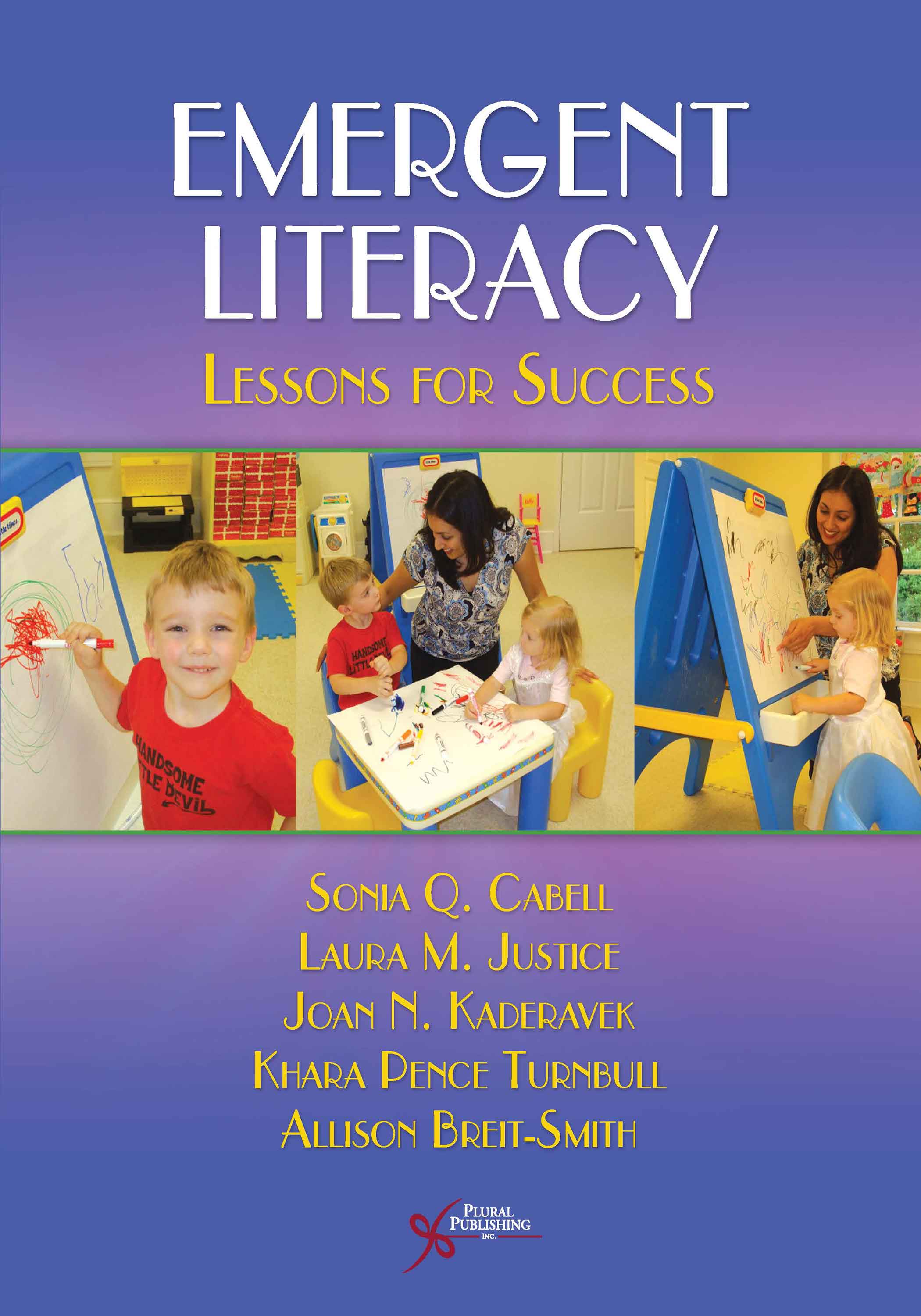
Phonological Core Dyslexia in Secondary School Students: Identification and Intervention
First Edition
Julie Marinac
Details: 170 pages, B&W, Softcover, 7" x 10"
ISBN13: 978-1-59756-090-0
© 2008 | Available
Purchase
This book, the result of intensive studies at the University of Queensland in Australia, is the first to deliver definitive and specific information regarding the presentation, identification, remediation and outcomes (in social, educational and vocational terms) of phonological core deficit (PCD)- based literacy difficulties in adolescents and secondary school students.
Here, the author shares her experience working with these groups, which reveals that literacy difficulties present with characteristics different from those of many primary schools students are, perhaps, due to experiential knowledge, learned skills (e.g., sight word learning), and self-developed compensatory strategies. At some point in their secondary school experience, many students find these devices become insufficient and ineffective, and suddenly an "A" grade student is failing. Marinac shows how psychological, social, and educational effects of such an occurrence can have devastating outcomes, yet the presence of PCD as a causal factor is only rarely suspected and even more rarely investigated in these cases. The assumption is that such deficits would have been evident and thus identified/remediated in primary school - this is not the case for many students.
The book discusses in general terms the definitions and underlying deficits that may lead to literacy difficulties in secondary-school students going on to describe the characteristics, identification, remediation, and outcomes in terms of PCD.
- Introduction
- Chapter One: Defining Dyslexia
- Sub-types of Dyslexia
- Visual Perceptual Dyslexia
- Surface Dyslexia
- Deep or Phonological Dyslexia
- Phonological Awareness
- Phonological Core Dyslexia
- Secondary school students
- Phonological Core Dyslexia defined
- Compensated dyslexia
- The Process of Reading and Writing
- Summary
- Chapter two: Characteristics And Presentation
- Causality
- Physiological Evidence
- Genetic / Familial Factors
- Environmental Influences
- Language Environment
- Learning Environment
- Definitions and terminology: phonetics, phonemes, phonology and phonics
- Language and literacy learning paradigms
- Literacy Environment
- Students with PCD in the secondary school classroom
- Characteristics and effects noted in the literature
- Characteristics and effects noted by classroom teachers
- Characteristics and effects reported by secondary school students
- Summary
- Chapter Three: Identifying and Assessing PCD
- Summary
- Chapter Four: Screening For PCD in the Classroom
- Part A Task 1
- Part A Task 2 .
- Part A Task 3
- Part A Task 4A
- Part A Task 4B .
- Selecting an assessment tool .
- Skills to be assessed .
- The QUIL
- CTOPP .
- LAC-3
- TAPS-3
- Summary: Frequently Asked Questions
- Chapter Five: Intervention for Phonological Awareness Disorder
- Early intervention for Phonological Awareness difficulties
- Additional intervention elements from the literature
- Information from students and teachers
- Auditory Memory Deficits
- Phonological Awareness / Phonological Processing Deficits
- Metalinguistic Deficits
- General Deficits
- Summary
- Chapter Six: Intervention for Phonological Core Dyslexia
- Service delivery agents and student cohorts
- Educate, Remediate, and Accommodate
- Educate
- Remediate
- Accommodate
- PATHS S: Service delivery issues
- PATHS S: Areas of intervention
- Interhemispheric transfer
- Learning styles and multiple intelligences
- Letter-sound correlation
- Auditory memory skills
- Metalinguistic knowledge
- Written language skill instruction
- Filling in the gaps
- Summary
- Chapter Seven: Classroom-Based Intervention for PCD
- The model for the restructure
- The classroom programme - an overview
- Phonological Awareness, encoding and decoding for literacy learning
- Metacognitive skills for literacy learning
- Summary
- Chapter Eight: PCD and Intervention: Evidence and Implications
- Evidence from the literature
- Preliminary research studies: Identification and intervention
- Study 1:- Screening for PA using PATHS-CII
- Study 2:- Evidence from a pair-wise, controlled study of academic results
- Study 3: Post PATHS-Support feedback data from students
- General comments:
- PCD: Evidence from the three teachers
- Reflective Essay 1: Learning Support Aide
- Reflective Essay 2: Learning Support Co-ordinator
- Reflective Essay 3: Classroom Teacher
- PCD: Evidence from some students
- Student Reflection One
- Student Reflection Two
- Student Reflection Three
- Student Reflection Four
- Additional Student Comments
- Additional implications for students and educators
- Future directions
- Summary: 10 Essential Questions
- References

Literacy and Deafness: Listening and Spoken Language
Second Edition
Lyn Robertson
Details: 400 pages, B&W, Softcover, 6" x 9"
ISBN13: 978-1-59756-557-8
© 2014 | Available

Systematic and Engaging Early Literacy: Instruction and Intervention
First Edition
Barbara Culatta, Kendra M. Hall-Kenyon, Sharon Black
Details: 488 pages, B&W, Softcover, 6" x 9"
ISBN13: 978-1-59756-345-1
© 2013 | Available

Linking the Strands of Language and Literacy: A Resource Manual
First Edition
Candace L. Goldsworthy, Katie R. Lambert
Details: 231 pages, B&W + CD, Softcover, 6" x 9"
ISBN13: 978-1-59756-357-4
© 2010 | Available

Emergent Literacy: Lessons for Success
First Edition
Sonia Q. Cabell, Laura M. Justice, Joan N. Kaderavek, Khara L. Pence, Allison Breit-Smith
Details: 165 pages, B&W, Softcover, 8.5" x 11"
ISBN13: 978-1-59756-301-7
© 2009 | Available

